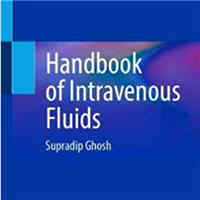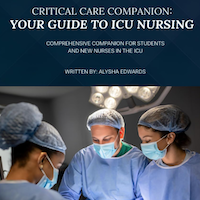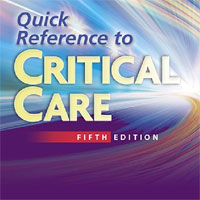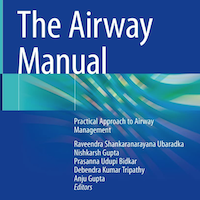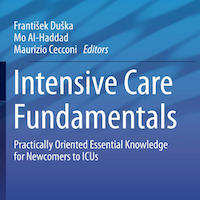
Enabling Machine Learning in Critical Care
Critical care units are home to some of the most sophisticated patient technology within hospitals. In parallel, the field of machine learning is advancing rapidly and increasingly touching our lives. To facilitate the adoption... read more
What have been the major recent advances in delirium research and care?
Editor-In-Chief-Elect Giuseppe Citerio discusses the recent article focused on the intensive care delirium research agenda in Intensive Care Medicine (ICM). For this evidence-based paper, a multinational and inter-professional... read more

Barriers and Facilitators to Early Rehabilitation in Mechanically Ventilated Patients
Using a theoretically driven approach, this study identified important barriers and facilitators to early rehabilitation in ICU patients. In particular, the domains of social influences and behavioral regulation were not... read more

Defining Sepsis on the Wards: Comparing Two Sepsis Definitions
Sepsis is defined as a dysregulated host response to infection, resulting in acute organ dysfunction. Although the condition has been thoroughly studied in the intensive care unit (ICU), accurate data collection outside of... read more

How Patient Stories Can Improve Intensive Care
Opportunities to share stories about care, in settings away from the hospital, serve to bridge the gap between the experiences of patients and those of doctors and nurses. The 21st century re-orientation of health care towards... read more

Supplemental Parenteral Nutrition vs. Usual Care in Critically Ill Adults
This individually titrated supplemental PN strategy applied over 7 days significantly increased energy delivery when compared to usual care delivery. Clinical and functional outcomes were similar between the two patient groups.... read more

Mechanical Ventilation Strategies for the Surgical Patient
The understanding on the protective roles of tidal volume and PEEP settings against PPCs has rapidly expanded. During intraoperative ventilation, low tidal volumes are protective, the protective role of high levels of PEEP... read more
What Could be More Exciting than Combining Ultrasound and Airway?!
Recently you may have heard The Master of the Critical Care Universe, Scott Weingart put out an episode on The Post Intubation Package. In this episode he briefly mentions using ultrasound during your intubation and commented... read more
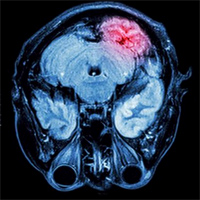
Glycaemic Control Targets After TBI
This meta-analysis of intensive glycaemic control shows no association with reduced mortality in TBI. Intensive glucose control showed a borderline significant reduction in the risk of poor neurological outcome, but markedly... read more

Vascular Access in Critically Ill Pediatric Patients With Obesity
Severe obesity is associated with decreased overall likelihood of placement of a vascular access device but increased likelihood of peripherally inserted central catheter placement and of device-related complications. Patients... read more

Principles And Practice of Mechanical Ventilation
A comprehensive, authoritative coverage of all the clinical, pharmacological, and technical issues surrounding the use of mechanical ventilation. More than 100 authors, all of whom are at the forefront of research in their... read more

Comparison between a nurse-led weaning protocol and weaning based on physician’s clinical judgment in tracheostomized critically ill patients
In this pilot RCT we demonstrated that a nurse-led weaning protocol from tracheostomy was feasible and safe. A larger RCT is justified to assess efficacy. We enrolled 65 patients, 27 were in the protocol group and 38 in the... read more

The 2018-2023 World Outlook for Sepsis Drugs
This study covers the world outlook for sepsis drugs across more than 190 countries. For each year reported, estimates are given for the latent demand, or potential industry earnings (P.I.E.), for the country in question... read more

An attenuated rate of leg muscle protein depletion and leg free amino acid efflux over time is seen in ICU long-stayers
In critically ill patients with sustained organ failure and in need of a prolonged ICU stay, the initial high rate of skeletal muscle protein depletion was attenuated over time. The distinction between the acute phase and... read more

Evaluation of early administration of simvastatin in the prevention and treatment of delirium in critically ill patients undergoing mechanical ventilation
Delirium in critically ill patients is associated with poor clinical outcomes. Neuroinflammation might be an important mechanism in the pathogenesis of delirium, and since simvastatin has anti-inflammatory properties it might... read more
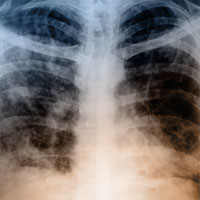
Predictors of Intubation in Patients With AHRF Treated With a Noninvasive Oxygenation Strategy
In patients with acute hypoxemic respiratory failure breathing spontaneously, the respiratory rate was a predictor of intubation under standard oxygen, but not under high-flow nasal cannula oxygen or noninvasive ventilation.... read more
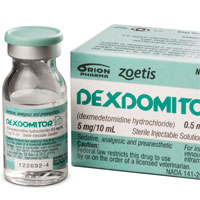
Dexmedetomidine Prevents AKI After Adult Cardiac Surgery
Perioperative administration of dexmedetomidine in adult patients undergoing cardiac surgery may reduce the incidence of postoperative AKI. Future trials are needed to determine the dose and timing of dexmedetomidine in improving... read more


